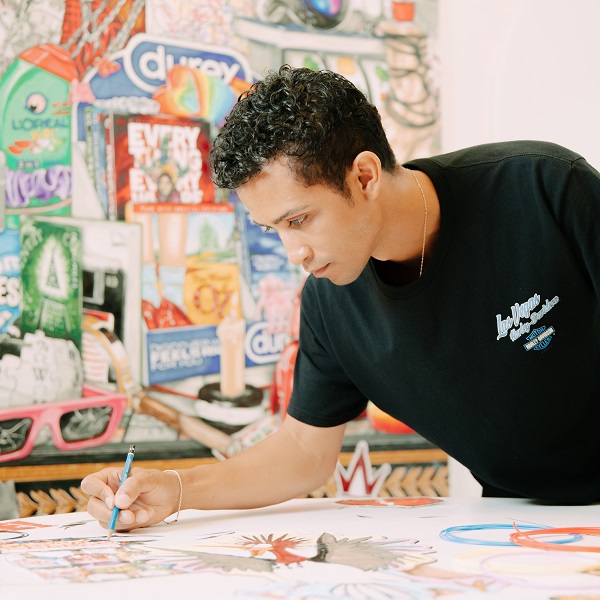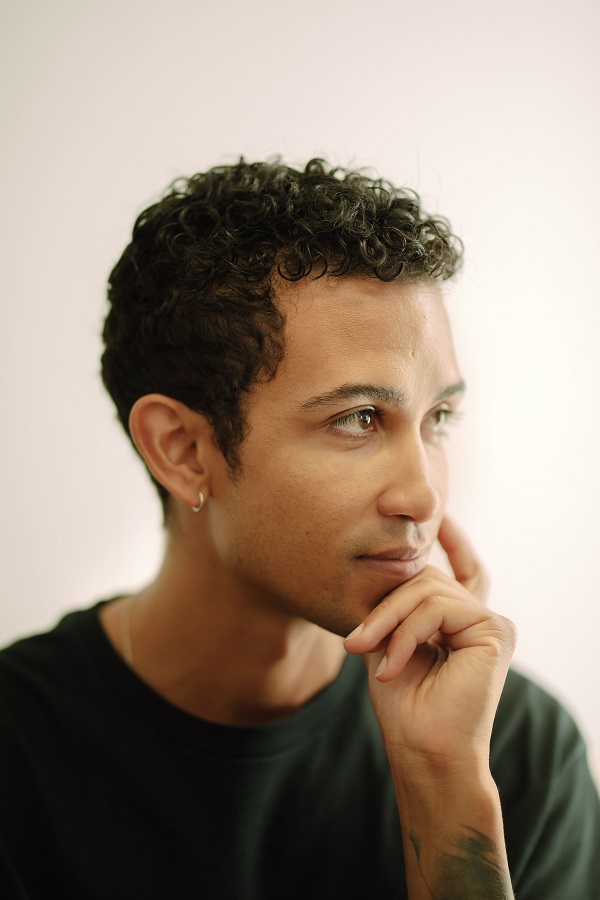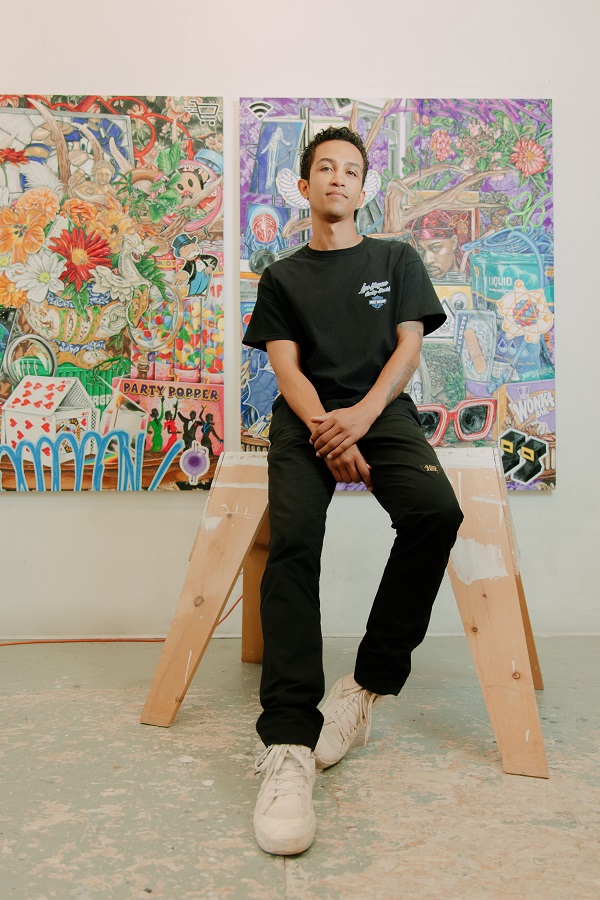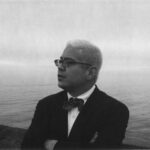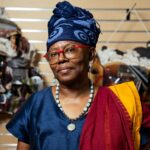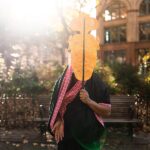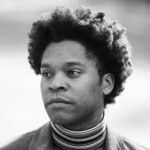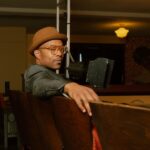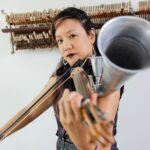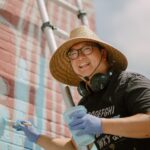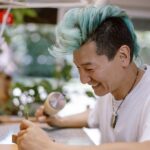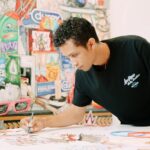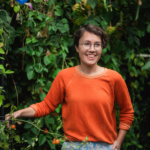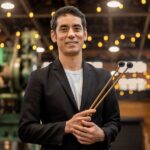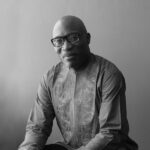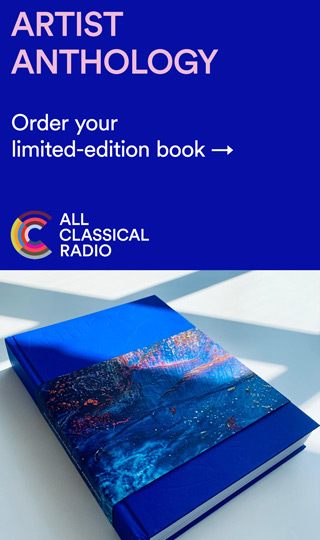A Decadent Nostalgia: Anthony White Makes You Remember
Written by Amber Flame; Photographed by Frankie Tresser
I want to ask Anthony White about maximalism—his paintings are, at first glance, maximalist explosions of rich color—collections of seemingly disparate objects and near-perfect replications of logos, subverting the idea of classic still life paintings. I want to ask him about the why—what each collection means to him, what story each work is supposed to tell us—but somehow I am pointing out the bolero tie, the novena candles, the antlers, and how they remind me of Arizona, of a particular Southwestern vibe especially influenced by Mexican culture. He smiles as I draw my own story, my own meaning from the painting. Anthony is, unsurprisingly, a Libra.
Soon we are chatting about growing up as brown kids in Arizona, our families, the inevitable influence of Mexican aesthetics and rituals, of rez culture and Native art. These connections are what Anthony paints: large scale accumulations of ’90s childhood nostalgia (heart-shaped rainbow slinkies, hip-hop CDs, DVDs of old blockbusters) and current commonplace items and brands (Oreos, Energizer, Quaker, Durex) that encourage the viewer to draw connections of their own as the eye flits from one focus to another. When I see the butterfly hair clips littering one frame, I exclaim, “I wore those! Like ten in a row across my head!” Anthony grins, “So did my little sister. They remind me of her.” Anthony says his favorite thing is to hear what the viewer sees, what draws each eye, and what story they decide it’s trying to tell.
His why is relationship—ours, to each object, to each painting, to him; his, to what each additional item, color, and shape asks of him for balance. In one painting, the placement of lit candles evokes religiosity, particularly Catholicism for me, giving the hip-hop album cover a saint-like aura. “Hmm,” Anthony smiles mysteriously. He paints the ornate floral backgrounds last, considering the relationships between every pattern and element—its own importance as a part of the whole. The connection he would make between them is that of kinship; interconnected memories of friends and family—but he says his work is not about his story. It’s about ours.
We talk philosophy, semantics, and meaning; how we strive to create a common language from individual understanding. He says the most frustrating artist talks are when he’s asked to walk the audience through each item, to explain significance or connection. To him, getting what he’s trying to say is not the point—our common language and connection are already there. We talk about writing, specifically poetry, and the choice between creating a gateway for the reader to understand my story, or to project and interpret my poems through their own experience. I tell him I can’t imagine someone reading my work and not getting it. “It”—the point I am trying to make. I am not a Libra.
When I ask Anthony about joy, he talks about the community and connections art-making has opened up for him. He is proud to use the renown he has achieved to create opportunities for unknown and emerging artists. He loves curating a show that brings together artists and their work in unexpected and delightful ways. While Supplies Last brought over 300 emerging and established artists together for a recurring art show—an exhibit of small works on paper—to inspire other young people to begin or expand their art collections. He seeks out the ways his peers are in conversation with each other, and new ways engage with the audience; his open, bright curiosity is apparent as we discuss artists he’s met and created with, and as I mention visual artists I admire. When he is not traveling, curating, and cultivating opportunities for others, Anthony spends his days in studio, ten to twelve hours at a time, listening to music or podcasts or talking to his family as he works.
Frankly, I kept digging for the tortured artist soul. How did he get into art? How does his family feel about his chosen occupation? Who gave him permission to believe he could make a life this way before the awards and commissions started rolling in? Because they have—Artist Trust Fellowship, the Neddy Award for painting, Seattle Art Museum’s Betty Bowen award, in just the last three years. A quick stroll through the Greg Kucera Gallery that represents him shows almost every painting as sold. Anthony is currently preparing to exhibit in no less than three renowned museums and already has work acquired for permanent collections at the Frye Art Museum (Seattle) and Crocker Art Museum (Sacramento). Is it a calling? Did he always know he just had to paint?

